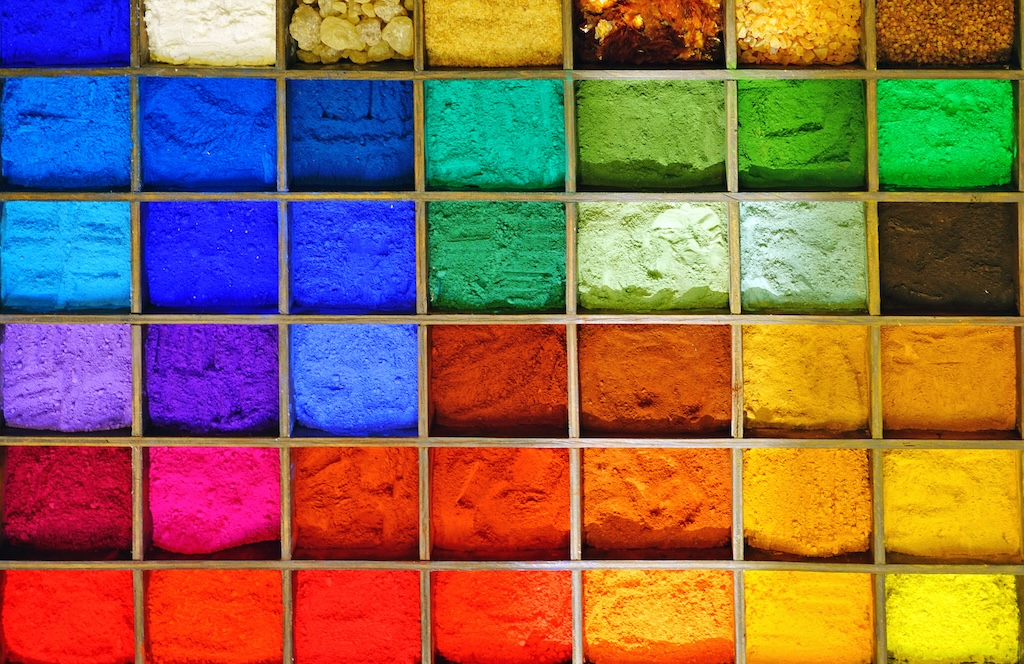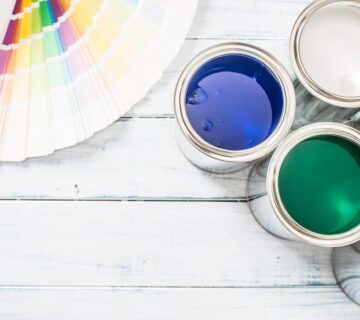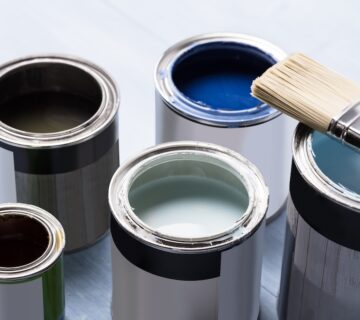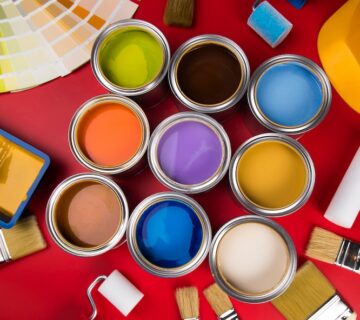When it comes to paint, color is often the first thing that catches our eye. But what is behind this burst of color on our walls, canvases, and structures? The answer lies in a critical component of paint – pigments. Pigments are more than just color providers; they play a significant role in determining the quality and characteristics of the paint. This blog delves into the world of pigments, exploring their role in both the color and quality of paint. Understanding pigments can help us appreciate not only the aesthetic choices painters make but also the complex chemistry that ensures paint performs effectively in various environments and applications.
What Are Pigments?
Pigments are finely ground, colored particles that are suspended in the paint. They are responsible for providing paint with its color and opacity. Pigments can be derived from a variety of sources, including minerals, plants, synthetic compounds, and even metals. The process of creating pigments involves careful selection and processing to ensure that the colors are not only vivid but also stable over time.
Types of Pigments
Historically, pigments were obtained from natural sources. For example, people often used charcoal for black and lapis lazuli for blue. Modern paint technology, however, predominantly uses synthetic pigments, which are manufactured using chemical processes. People often favor synthetic pigments for their consistency, wide range of colors, and stability. The evolution from natural to synthetic pigments has expanded the palette available to artists and manufacturers alike.
Role in Paint Color
The choice and concentration of pigment in paint determine its color (hue) and depth. High-quality paints have a higher concentration of pigments, resulting in richer, more vibrant colors. The exact shade of the color depends on the type of pigment used, its purity, and how it is mixed with other pigments. Pigments also play a crucial role in colorfastness, which determines how well the color stands up to light and weather over time.
Role in Paint Quality
Pigments also significantly impact the paint’s quality. They affect the paint’s opacity, which is its ability to hide the underlying surface. Paints with higher pigment levels usually offer better coverage and require fewer coats. Additionally, the type and quality of pigment used influence the durability and UV resistance of paint. Certain pigments are more resistant to fading and weathering, which is especially important for exterior paints, ensuring longevity and reducing maintenance costs.
Specialty Pigments
Advancements in pigment technology have led to the development of specialty pigments that offer functional benefits. For example, some pigments can reflect infrared light, helping in heat regulation. Others are designed for their aesthetic qualities, like metallic or pearlescent effects, adding a unique dimension to the painted surface. These innovative pigments are unlocking new possibilities for paints to not only beautify but also enhance the functionality of surfaces.
The Art and Science of Mixing Pigments
Mixing pigments is both an art and a science. It requires understanding how different pigments interact and how they change under different lighting conditions. This expertise is crucial for creating custom colors and achieving the desired finish in a painting project. Painters and manufacturers must consider the interplay of light, medium, and pigment properties to produce a palette that meets the specific needs of their project or product line.
Final Thoughts
Pigments are at the heart of what makes paint an essential and versatile material in art and decoration. They not only give paint its color but also contribute to its overall quality, performance, and aesthetic appeal. The next time you select a paint, remember that the pigments within are doing much more than just adding color; they are defining the personality and resilience of the paint on your walls. For more insights into paint composition and home décor, visit our website at sisupainting.com and explore our blog at sisupainting.com/blog.





No comment